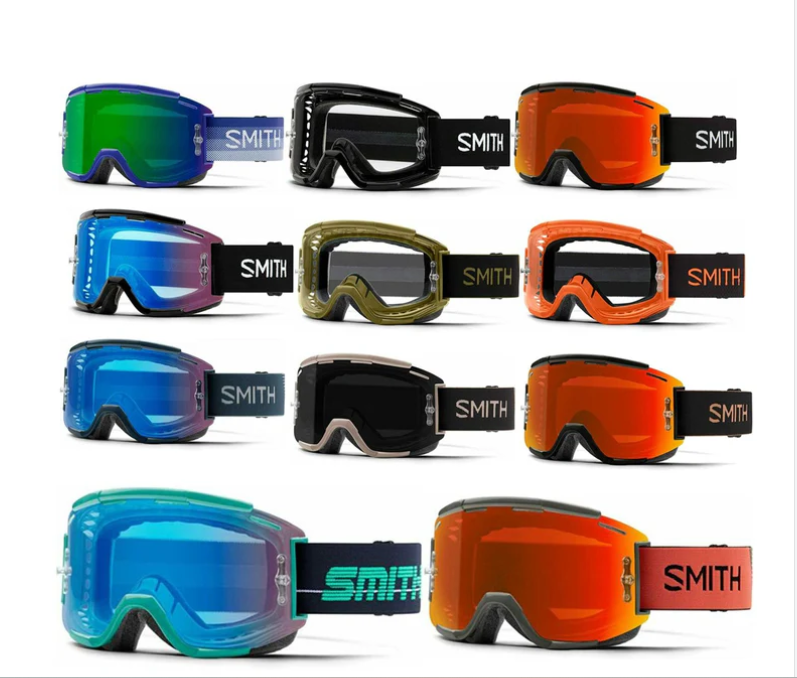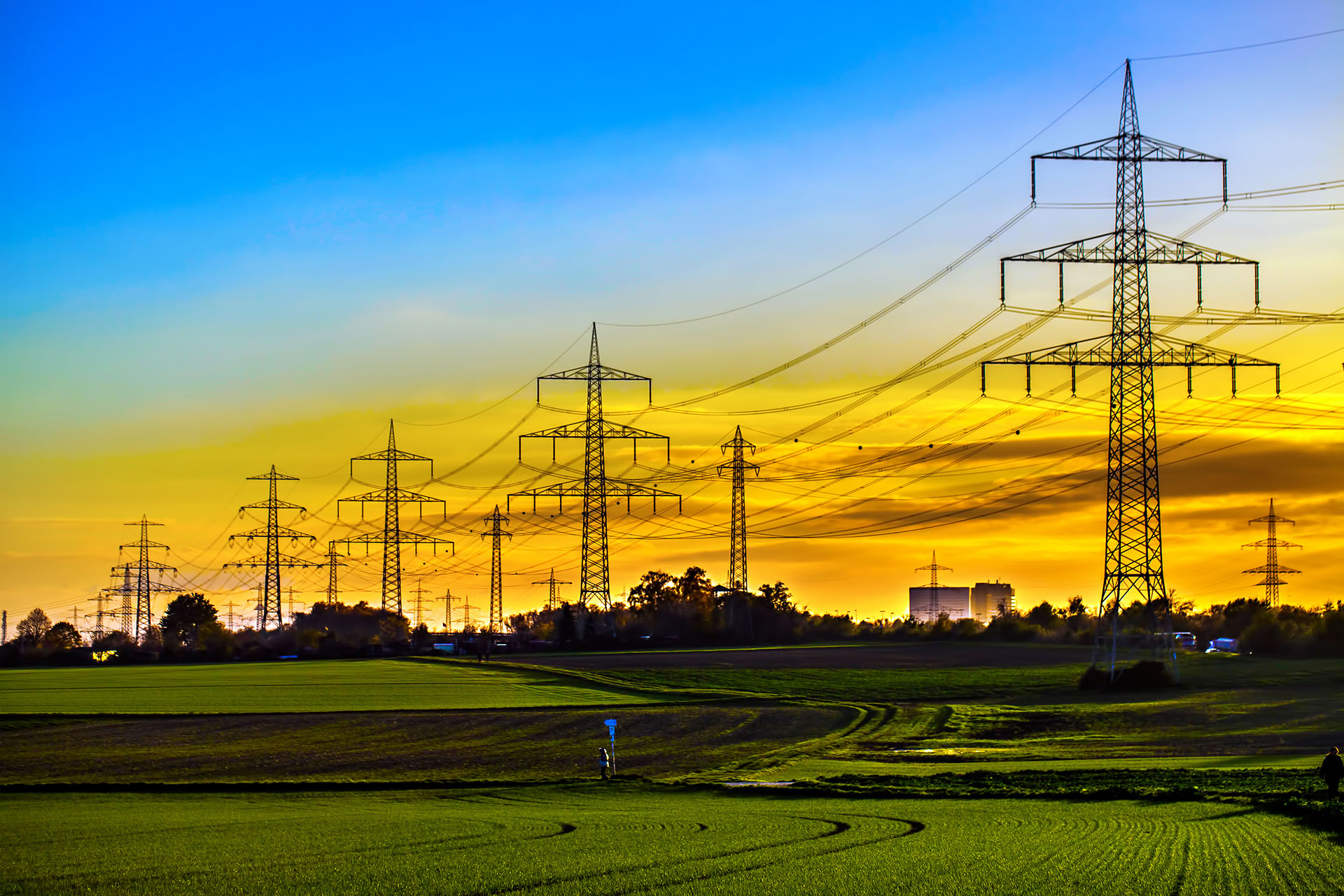As there is multiple ways to prepare an egg, there are numerous kinds of automobile washes. You can locate them nearby with the help ofitscarwash.com Don’t think that this will be a sign that every washing method is equal, far from it. Each has each of its own advantages and disadvantages. These pros and cons but they’re not always obvious. We’re here to break through every method of washing by separating the good from the bad to help you understand the most crucial aspect of car maintenance.
Method #1: Handwash
Talk to any detailing professional and they’ll advise you on the most secure method to wash your car. is to hand car wash
. There are many different ways that handwashing is done that range from the classic two-bucket method , to the more modern pressurized foam cannons however, regardless of the method you choose the same thing is that you (or your personal detailer) cleaning the water using soap and then washing your vehicle using an easy-to-handle mitt. What is a handwash like? At our detailing shop, Simon’s Shine Shop, we begin with a pre-wash where we cover the car with snow foam, then wash the car clean. This is not a must but it does help us to get a thorough clean. Then, we cover the car with another layer of suds. we then stir using soft wash mitts. The foam breaks the dirt down while the wash gloves assist in breaking them up. Then, we rinse and dry. This type of wash takes quite a bit of time, along with a wide range of equipment, and , if you’re having it done by an expert, a little of cash. Between how gentle it’s on the finish and how effective it is at removing any heavy contaminants, it’s by far the most effective type of car wash that you can perform.
PROS:
- Reduces scratching
- Can remove heavy contamination
CONS:
- It takes longer than other methods.
- Costlier than automated washes
- It requires more equipment than other methods.
- It requires a lot of water
- It is difficult to accomplish this with a small space
- It’s difficult to complete in colder temperatures.
Method #2: Waterless Wash
A waterless washing requires the spray bottle and a few microfiber towels. Simply spray the surface using your waterless wash product and then wipe it clean with a microfiber cloth. The reason people use waterless wash is various reasons. For instance, they do not have space to wash their hands and they aren’t able to wash with water, they’re traveling, etc. It’s basically an option of the last choice. Why’s that? Waterless washes aren’t good at getting rid of heavy gunk. They’ll get rid of dust however, if you’ve just returned from a trip off-roading along a muddy trail, you’re probably not going to be able to get much success. Another disadvantage is the possibility of scratching. While waterless products are designed to coat the surface with lubricant however, they aren’t as effective as the slickness that comes from the foamy handwash. There’s the chance that you’ll pick up and move a small particles across your surface and cause a scratch.
PROS:
- Doesn’t require as much time as handwash or rinseless wash
- It is possible to do this with a limited space
- Doesn’t make use of water.
- All you need is a waterless wash products and microfiber towels
CONS:
- More opportunities to scratch
- Can’t remove heavy contamination
Method #3: Rinseless Wash
Rinseless washing is different than a wash that is waterless. In a sense it’s an amalgamation between handwash and waterless wash. When you use a rinseless wash it’s a matter of taking a small amount of the rinseless wash products and blend it with an ice bucket. There won’t be any suds. That’s the reason you don’t have to rinse. What you must do after you’ve washed the area is clean it to dry. Rinseless washes can be performed with wash mitts , or microfiber towels. A lot of detailers prefer using the “Garry Dean Method”, that involves soaking a number of microfiber towel in buckets that is filled with rinse-free wash products and water. One microfiber towel is taken and wring it out and then set it aside to dry. After that, you spray a panel with a product that has been pre-washed and then grab a moist microfiber towel, and begin cleaning. Then, you take your wringed drying towel, then dry the panel and after that, you grab a new dry microfiber to complete your drying. Repeat the process panel-by-panel until your car is spotless. Rinseless washing is a method that is preferred by those who have water restrictions or with limited space and also those who are concerned about the scratching that a waterless washing can cause. The method still causes more scratches than a handwash, however much less than a waterless. It won’t be able to get rid of large amounts of dirt as you can by handwashing.
PROS:
- Could be quicker than hand washing
- Requires less water than handwash
- Does not require as much equipment as the handwash
- It is possible to perform the task with a the space available
- It is less likely to scratch than a wash that is water-free
CONS:
- Much more susceptible to be scratched than handwash
- Can’t remove heavy contamination
- This requires greater equipment and tools than simple waterless wash
Method #4: Automatic Wash
Automatic car washes Also known also as “tunnel” washes, generally require you to drive your car onto conveyor belts, which will lead you through a set of blowers and brushes. The bristles on these brushes are typically contaminated with dirt and grime that was used on previous vehicles that can damage the surface. They also use harsh cleaning chemicals which can remove coatings or waxes, and dry out the paint which could lead to cracking, or even becoming faded. So , why would anyone wish to utilize any of them? It’s simple: they’re cheap and take a short time to complete making them the most well-known type of wash, due to their ease of use. The majority of people don’t realize or aren’t concerned about how they’re damaging their paintwork. This isn’t necessarily a problem for professional detailers. All scratching causes some people pay for painting correction!
PROS:
- Inexpensive
- Fast
CONS:
- Causes extensive scratching
- Harsh chemicals can damage finish
- It is not possible to eliminate heavy contamination.
Method #5: Brushless Wash
A “brushless car wash” is an automated wash that makes use of strips soft cloths instead of bristles to clean its machine. You may think it eliminates the problem of bristles that are abrasive tearing your surface, but dirty cloths can scratch the same way as bristles. The dirt left over from the thousands of vehicles which came before yours can cause damage to your surface. Furthermore, these washes employ similar harsh chemical that we have mentioned earlier.
PROS:
- Inexpensive
- Fast
- Abrasive less than a traditional brush that has an automatic wash
CONS:
- Causes severe scratching
- Harsh chemicals can damage finish
- It is not possible to eliminate heavy contamination.
Method #6: Touchless Wash
A “touchless car wash” Cleans” your car with no bristles and brushes. Instead the entire process is carried out using chemical cleaners, pressure washers, and pressurized air. This sounds like it can solve every issue associated with other automated washes? Well, not quite. First, you’ve dealing with harsh chemicals with. Therefore, unless you’re looking to let your paint dry or even risk stripping your coating be sure to know prior to time which chemical they’re employing. Keep in mind that brushless washes as well as touchless washes.It’s not It’s the identical. Many people see “brushless” and assume that is “touchless”. Do not make this mistake! Make sure you do your homework prior to purchase and ensure you’re using the right type of wash.
PROS:
Much less expensive than hand washing
- Fast
- Reduces scratching
CONS:
- Costlier than automatic and brushless washes.
- The use of harsh chemicals can cause damage to the finishing
- Might not be able to remove heavy contamination
Other Methods
We’ve seen people wash their vehicles with every thing you can imagine, from paper towels to Windex. Of course, not because you
could
Doesn’t mean that does not mean
It is recommended to
. If it’s not yet used in the past There’s likely to be an explanation for why. No matter what clever idea you think of you’re likely to cause damage to your work. That’s the worst thing you can do. the effort.
Our Verdict
The most effective way to clean the finish of your vehicle is a handwash.
It’s the least abrasive washing that you can get without sacrificing quality. However, as with everything in life, sometimes , the most effective option isn’t always the best choice. What’s the second best (and fourth, third and fifth)? This is how we rank them:
- Handwash
- Touchless wash (if using gentle soap)
- Rinseless wash
- Waterless wash
- Brushless wash
- Automatic wash
Agree? Disagree? Let us know in the comments below!




